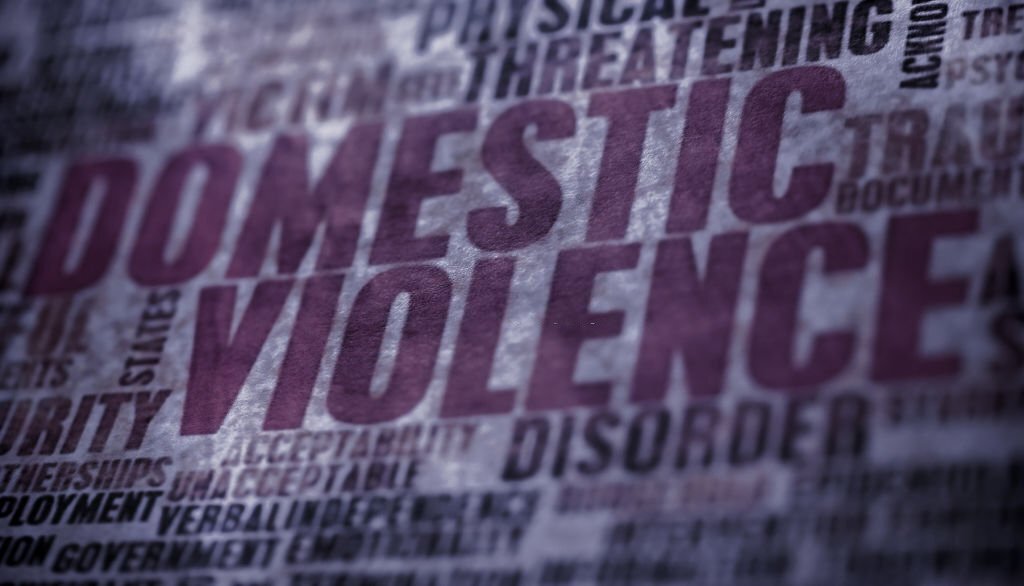Domestic violence is also called dating violence, intimate partner abuse, spousal abuse, intimate partner violence, and domestic abuse takes many forms. Maltreatment that takes place in the context of any romantic relationship is abuse as described by the above specific terms. It, therefore, affects men, women, or teen girls and boys, whether in a married or unmarried heterosexual or homosexual relationship. Intimate partner violence may consist of one or more forms, including emotional, psychological, physical, sexual, or economic abuse and is defined as one person in an intimate relationship using any means to put down or otherwise control the other. Types of domestic abuse include physical, verbal (also called emotional, mental, or psychological abuse), economic or financial, and spiritual abuse. Stalking and cyber-stalking are also forms of intimate partner abuse. Most time, this violence leads to the killing of female partners. Some male partners find it not far-fetched to put their female partners to death especially when the female partners are caught cheating. The following are some of the important points to share on domestic violence
- Domestic violence (also called intimate partner violence, domestic abuse, dating violence and spousal abuse) is any form of maltreatment that takes place in a heterosexual or homosexual romantic relationship between adults or adolescents.
- Intimate partner abuse is a major public health problem. It has affected more than 2 million women and 800,000 men and this has led to homelessness, injury, or death of victims, loss of work productivity, etc
- Domestic abuse strikes couples of all races, religions, social-economic statuses, and sexual orientations. Some of the factors responsible for men or women becoming victims or abusers include poverty, lack of high school education, witnessing family violence as a child, having a low sense of self-worth, and attitudes of male domination and substance abuse, especially alcohol abuse
- Warning signs for individuals to consider if they suspect they are the victim of intimate partner violence include feeling demeaned, assaulted, or excessively controlled by their partners.
- Warning signs friends, family members, and coworkers can look for if they wonder whether the person they care about is the victim of domestic abuse include frequent absences from school or work, numerous injuries the victim tries to explain, low self-esteem, a change in their personality, fear of conflicts, passive-aggressive behavior, blaming him- or herself for the problems in their relationship, isolation from others, or stress-related physical symptoms.
- Health professionals unfortunately only screen for intimate partner abuse in about 20% of the patients seen. Domestic violence is most effectively assessed when the professional asks questions that call for more than a “yes” or “no” answer and do not directly inquire about domestic abuse, at least earlier during any assessment interview.
- Domestic abuse is treated by establishing and maintaining the safety of the victim, providing appropriate legal consequences to the batterer, addressing the emotional impact on the victim and the problems of the abuser, particularly if one of the problems includes alcohol or other substance abuse.
- The prognosis of domestic violence can be quite negative if it goes on untreated, in that the emotional and physical consequences of continued abuse can be severe and even end in homicide. Treatment and enhancing social support to the victim can improve the prognosis.
- Prevention of domestic violence involves providing economic opportunity, mentors, role models, organized community programs for youth and families, a school environment that promotes prevention of abusiveness in any relationship, and adult family members who are nurturing and who provide consistent, structured support.
Do you need support on Domestic Violence? Contact Us








